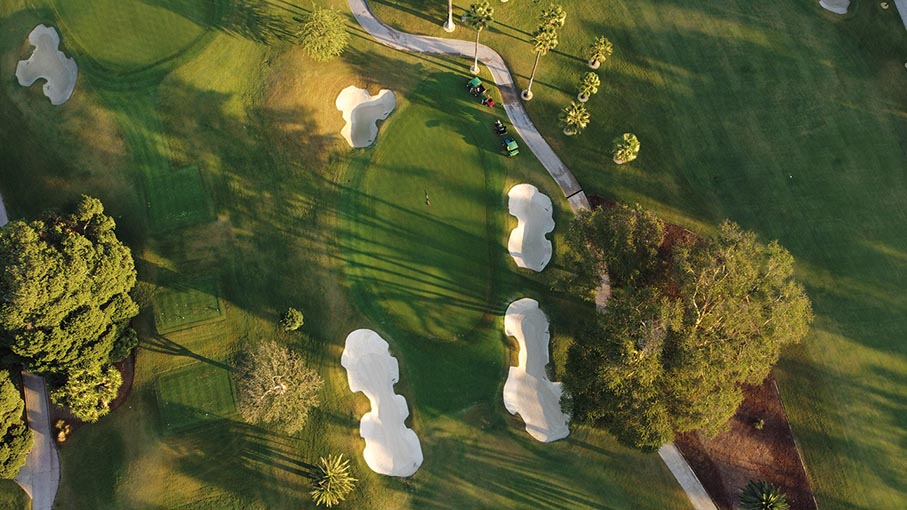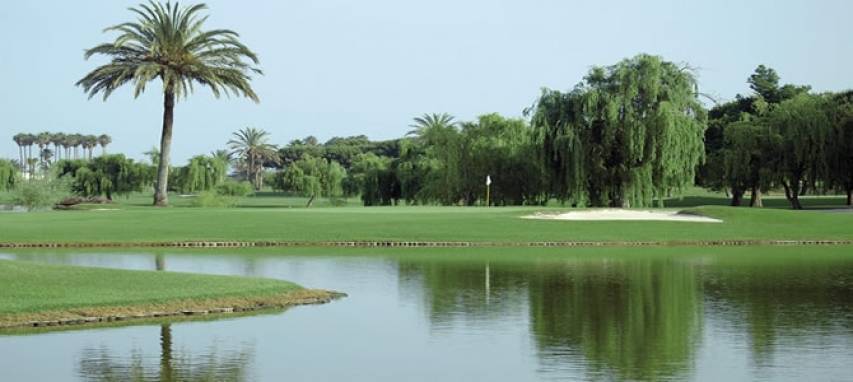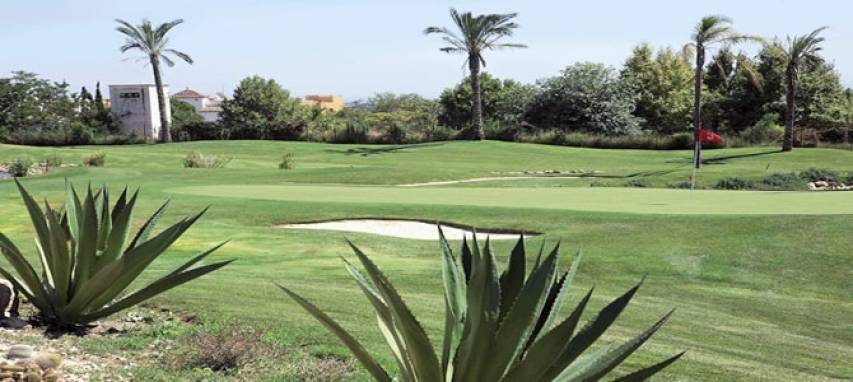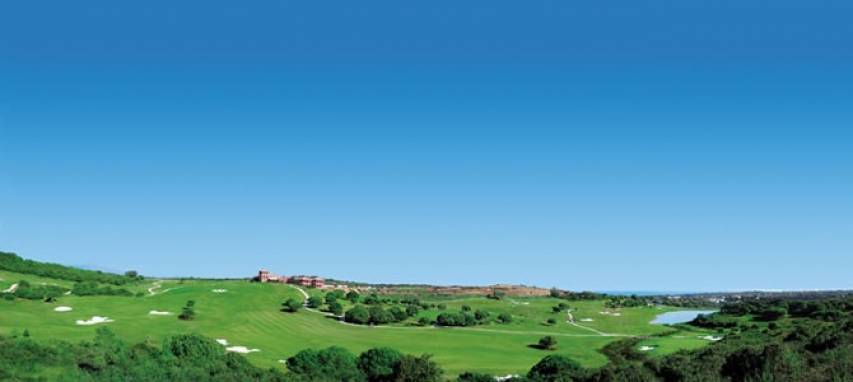Paul Muñoz Langley is one of the Costa del Sol’s top golf club managers. And he has been fortunate enough, for many years now, to be managing one of the Coast’s most renowned: Royal Las Brisas Golf Club in Marbella. Founded in 1968, the club has hosted tournaments of such exalted status as the World Cup and Spanish Open. On its impeccably maintained fairways and greens, designed by Robert Trent Jones, golf legends including Jack Nicklaus, Gary Player, Nick Faldo and Seve Ballesteros – to name just a few of the sport’s major stars – have displayed their exceptional skills.

Royal Las Brisas is one of the most prestigious courses on the Costa del Sol. What are its main merits?
Its prestige is due not only to its quality, history and location in the wonderful Marbella Golf Valley, but also to its international membership. All this makes this club a hugely attractive place for any golfer of any age and any playing level, especially after the major renovation carried out and the constant investments made to maintain the course and the rest of the facilities at the highest level.
What advice would you give to those who play the course for the first time and are keen to achieve a good result?
Thanks to its six unisex-measured and sloped platforms, it is a course that allows you to adjust to the desired level of difficulty, so that you can opt to play highly competitive rounds or, on the contrary, more fun-filled games, by combining different layouts available on the playing card – which are between 6,500 and 4,800 metres.
Having said that, it is a course where water, present on 12 holes, and bunkers play a key role, so that, depending on the layout combination you choose – being the appropriate one for your handicap and the distances you reach – you will find that it is easy to bogey and difficult to par. Even so, you will always have the feeling that it is a fair result and, above all else, you will not want to do anything other than play the course again.

What is your favourite hole and why?
That is a very difficult question, as they are all favourite holes, depending on their category. But even so, if I had to choose one, it would be the 11th, because of where you arrive at the tee from the preceding hole. It’s a par-3 of about 180 metres with a bunker in the landing area on the left and something of a saving shot to the right, where it is not advisable to go long as there are two bunkers at the back of the green. This is one of the holes where, at least for me, Robert Trent Jones Sr.’s philosophy is most palpable: “hard par, easy bogey”.
Why should someone become a member of this golf club?
As I have noted before, the broad spectrum of nationalities and playing levels, encompassing more than 30 nationalities and including more than a dozen tour professionals as members, already speaks for itself. Thanks to the sporting facilities, its social atmosphere and the complementary services, it is the perfect setting in Marbella if you are looking for a top-level course. In short, a benchmark in Spain, with a vibrant social ambience during 12 months of the year and first-class services.

What has been your greatest satisfaction as manager at Royal Las Brisas?
I am fortunate to be able to enjoy continuous satisfaction as club manager, because each year we are always presented with a challenge that, together with my team, we manage to solve for the enjoyment of members. It is true that I have been lucky to enjoy two great milestones in the club’s history that have given me great satisfaction as manager: that is, the celebration of the club's 50th anniversary, when we held a special edition of the pro-am in memory of Sebastián de Miguel, culminating in a gala dinner where we were accompanied by many of the people who were the architects in generating the club’s venerable tradition.
What are the main complications entailed in running a club with members of so many different nationalities?
It is complex but rewarding. I have to say that our membership group is made up of members with an open mind who are willing to share moments with each other without really taking into account the country they come from. Everyone understands that they are members of a Marbella club, and that’s the “nationality” with which we treat everyone equally. Of course, we do have to try to keep information bi-directional and almost live, so that everyone is informed of each initiative. Other than that, it comes with the same kinds of challenges that any other members’ club might have.

After the major renovations carried out in recent years to the course, do you plan to undertake any new improvements?
For 2022 and 2023 we plan to renew the tee surfaces, in addition to the surrounding and landing areas of the greens, together with a comprehensive renovation of the short game area. We will concentrate this work during one phase per year, focused on June and July, months that are historically quieter.

Royal Las Brisas is, apart from being a golf course, an authentic botanical garden. What would you highlight about this aspect of the club?
Gerald Huggan left us the best possible legacy, bringing tree species from all over the world: from Africa such as the Cape Chestnut and Prickly Acacias; from Asia, the Laurel of India and Fig Tree of Mysore; from America, the Palo Borracho and Fresno Verde from Mexico; from Australia, the Black Acacia and Waterbush… All this together with multiple species of palm and Mediterranean trees that coexist in great harmony, turning our course into a real botanical garden that we preserve by providing a significant annual budget so that this arboretum is perpetuated into the future.
Figures available for the number of rounds played at golf courses point to a return to the good times of golf in general. Do you think this situation will continue over time?
In our case the trend has been staggering, and we are experiencing a general increase in rounds per year for each member. Our members not only spend more time in Spain, but they also play much more golf, possibly encouraged by the pandemic, as everyone appreciates it is much more important to play sport and enjoy the outdoors. This is possible because many have professions that enable them to work remotely. This makes me think that the situation will continue over time, as there are two generations that will transfer this new format and lifestyle to a third, which benefits the sector enormously.








